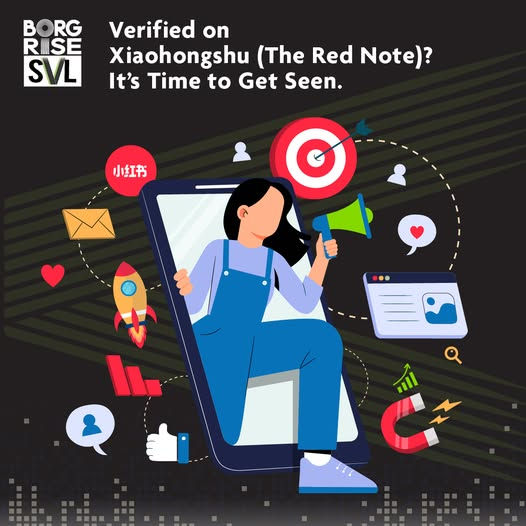How Dynamic Creative Optimisation (DCO) will continue to thrive in a Cookieless World
- Tri Sepdian

- Jul 28, 2021
- 4 min read
A lot has been said about the 'cookieless internet world' and how advertisers should prepare themselves for different approaches to targeting, retargeting and attribution. In this article, I am going to shed some light on how Dynamic Creative Optimisation would function under post-cookie conditions.
One question you might be asking - will I still be able to run Dynamic Creative Optimisation ads (DCO) once 3rd Party Cookies are gone? The answer is Yes, but the underlaying technology and data that power some of the DCO scenarios will require some changes.
Dynamic Creative Optimisation (DCO) is an advertising technology and practice that automates the development of different components within a digital ad. These components are typically programmed to be hyper-personalised based on different data sources such as user behaviour history (i.e. which sections the user had visited on the advertiser website), location information, external data (such as weather), or other contextual data.
I am going to discuss some use cases of DCO and explore how they could be impacted under post-cookie conditions:
Personalisation using prospecting audience segments - One common myth is that with the demise of 3rd Party Cookies, the the ability to build Look-alike Audiences or 3rd Party Audience targeting will be gone as well. This is far from the truth. One example of how audience targeting will continue is through Google Privacy Sandbox's FLEDGE and TURTLEDOVE, that allow Adtech companies to build Interest Groups or Cohorts as quoted below:
"A third-party adtech company might create and own an interest group of people whom they believe are in the market for some category of item. They could use that group to serve ads for advertisers who work with that ad tech company and sell things in that category." Source (Fledge)
Therefore the same creative personalisation approach will be available through DCO adtech providers, which will get the data signals (usually a Segment ID or Line Item ID) from DSPs via macros, and then ad-serve different dynamic variants based on Interest Group.
Below is a simple illustration of how personalisation of ads will work by using one master template to generate different ad variants based on different audience interest groups.

Personalisation using Dynamic Retargeting - One of the commonly use cases for DCO is dynamic retargeting to show product ads based on the user's behaviour on advertiser website, such as last-browsed products, or added-to-cart products. For example, if User A visited an ecommerce site and browsed a selection of cameras but did not purchase, he/she will be re-targeted with ads showing the same camera models or similar electronic products.
Example of Dynamic Retargeting:

How will Dynamic Retargeting work in the post-cookie world? Here are two key ways:
1. Using Google Privacy Sandbox to form a "product-level TURTLEDOVE" - a proposal by RTB House whereby when a particular user joins an interest group, advertisers may choose to supply a list of products that would be the most relevant to the user. For example, the advertiser may choose to supply "camera products" or "electronic products" if the user is grouped under "Interest in camera products".
2. Using 1st Party Cookies - Audience targeting using server-side cookies or 1st Party cookies are still possible. Once web visitors opt-in and give consent to be targeted using their 1st party data, they can be identified across different publisher websites through a common ID or Universal ID. Personalised product ads can then be shown using using a probablistic approach based on browser setting, IP address (at this time of writing, Apple has blocked advertisers from accessing the IP Address of users through Privacy Relay), device environment such as OS version, screen resolution setting, etc. (a.k.a Fingerprinting).
Personalisation using contextual or external data - In this approach, the data source for personalisation will be coming from external data sources or APIs such as Weather, Time of Day, Day of Week, specific events or even data such as social sentiment. Data from these external sources have least implication on consumer privacy and will be least impacted by the deprecation of cookies. Some common scenarios:
- Time of Day: showing Breakfast Set ads in the morning and Dinner Set sds in the evening.
- Day of Week: showing specific weekend promotions.
- Sports Match scores: showing the latest game scores of UEFA Champions League.
- Contextual / Keyword Personalisation: Showing sports-related creatives on Sports News, and business-related creatives on Business News sections.
Summary:
In the post-cookie world, Dynamic Creatives Optimisation (DCO) will continue to be an important part of digital advertising. 3rd Party Cookies may gone, but there are still many ways that creative message decisioning can be made, either through business rules or through machine learning. Advertisers should start planning your creatives optimisation strategy, test and learn, and use creative variant testing as the lever to level up your digital advertising performance.
How We can help:
We are working hard to ensure we continue to thrive in the post-cookie world using the above various scenarios. This is accomplished through our readily available solutions such as Probablistic Identity technology approach, 1st Party Cookies technology, as well as active participation in the Google Privacy Sandbox Intiative and trial. We are also actively working with various Universal Identity solution providers to activate our clients' 1st Party data on their behalf, for use on various DSPs.
Talk to us to find out how we can help in your creative optimisation and automation efforts.
Co-founder and Executive Director, Adzymic




Comments